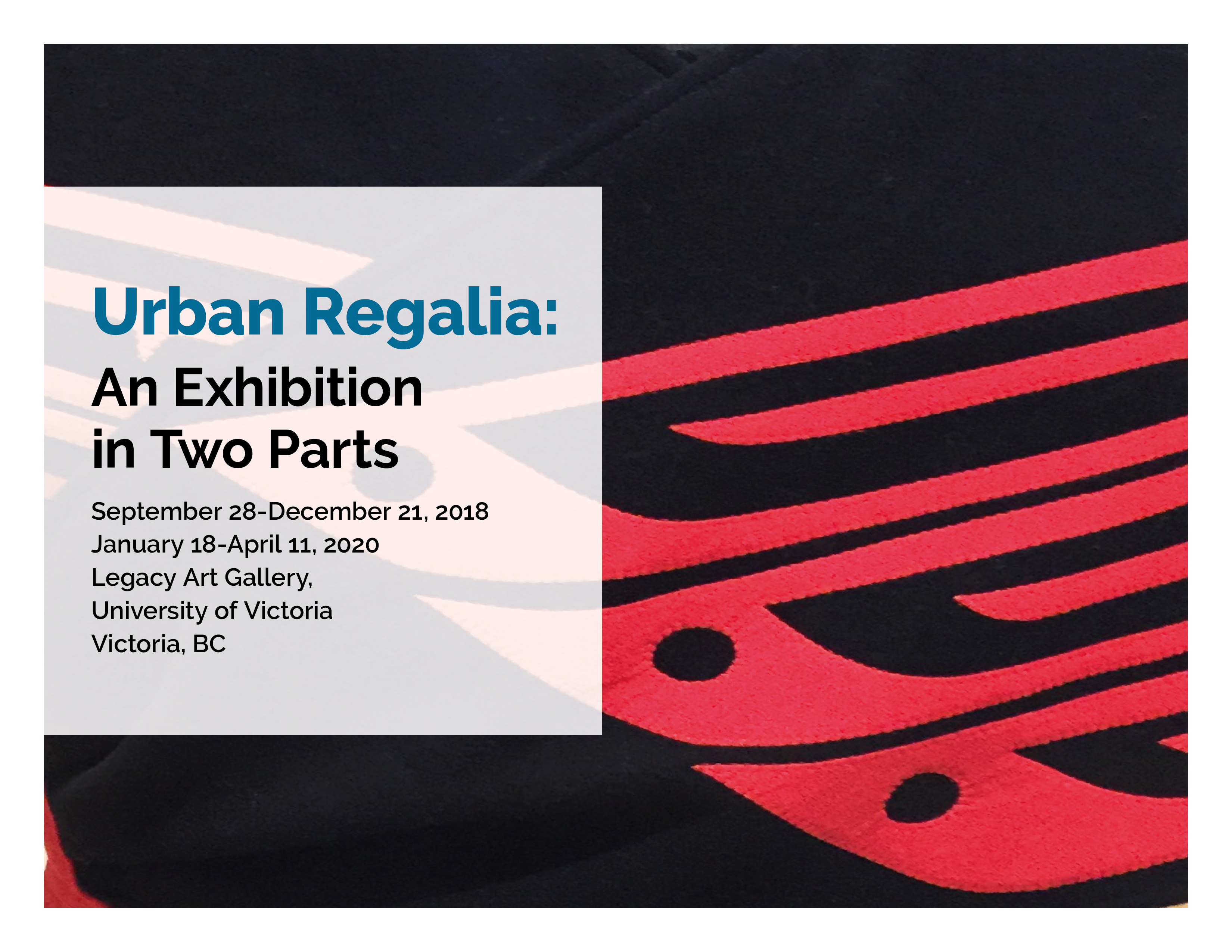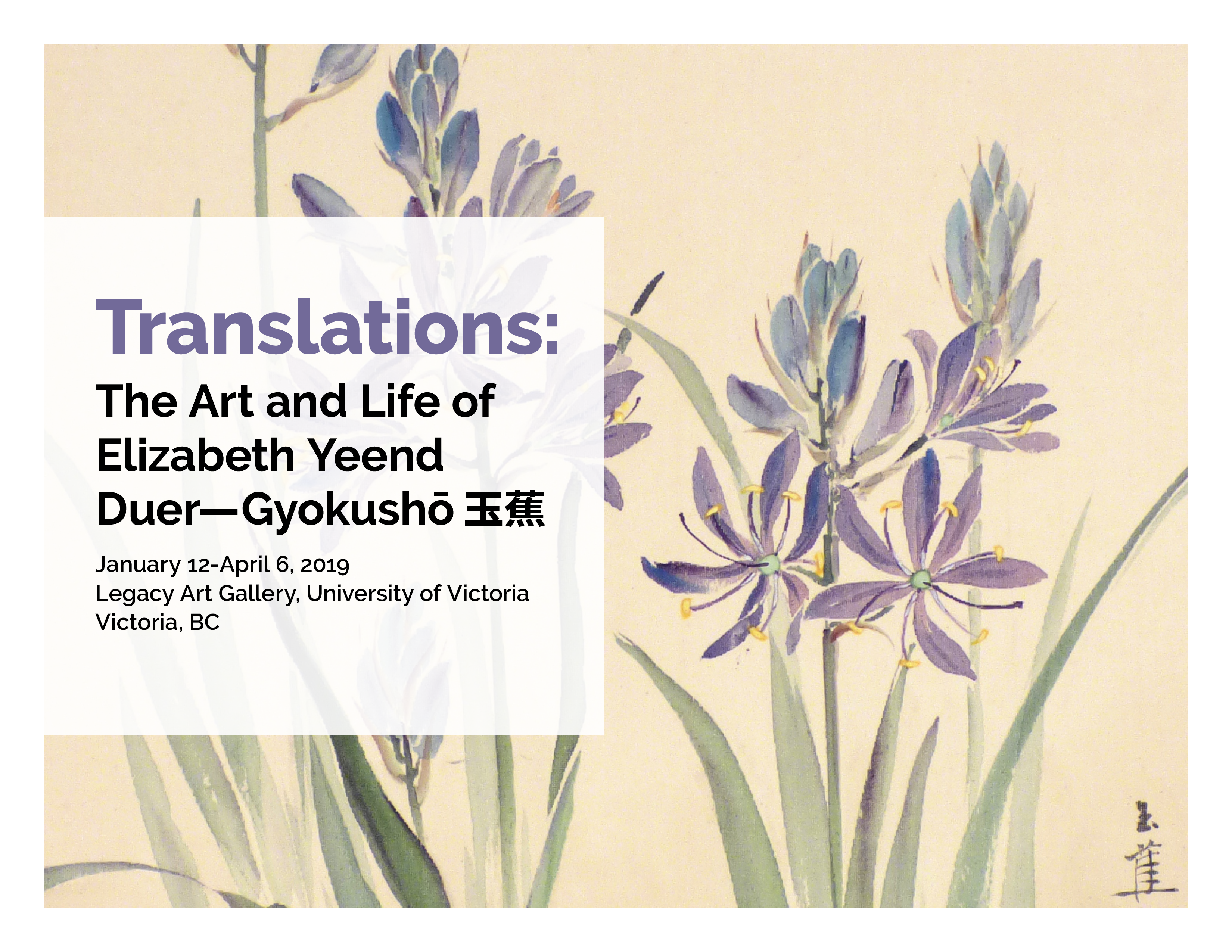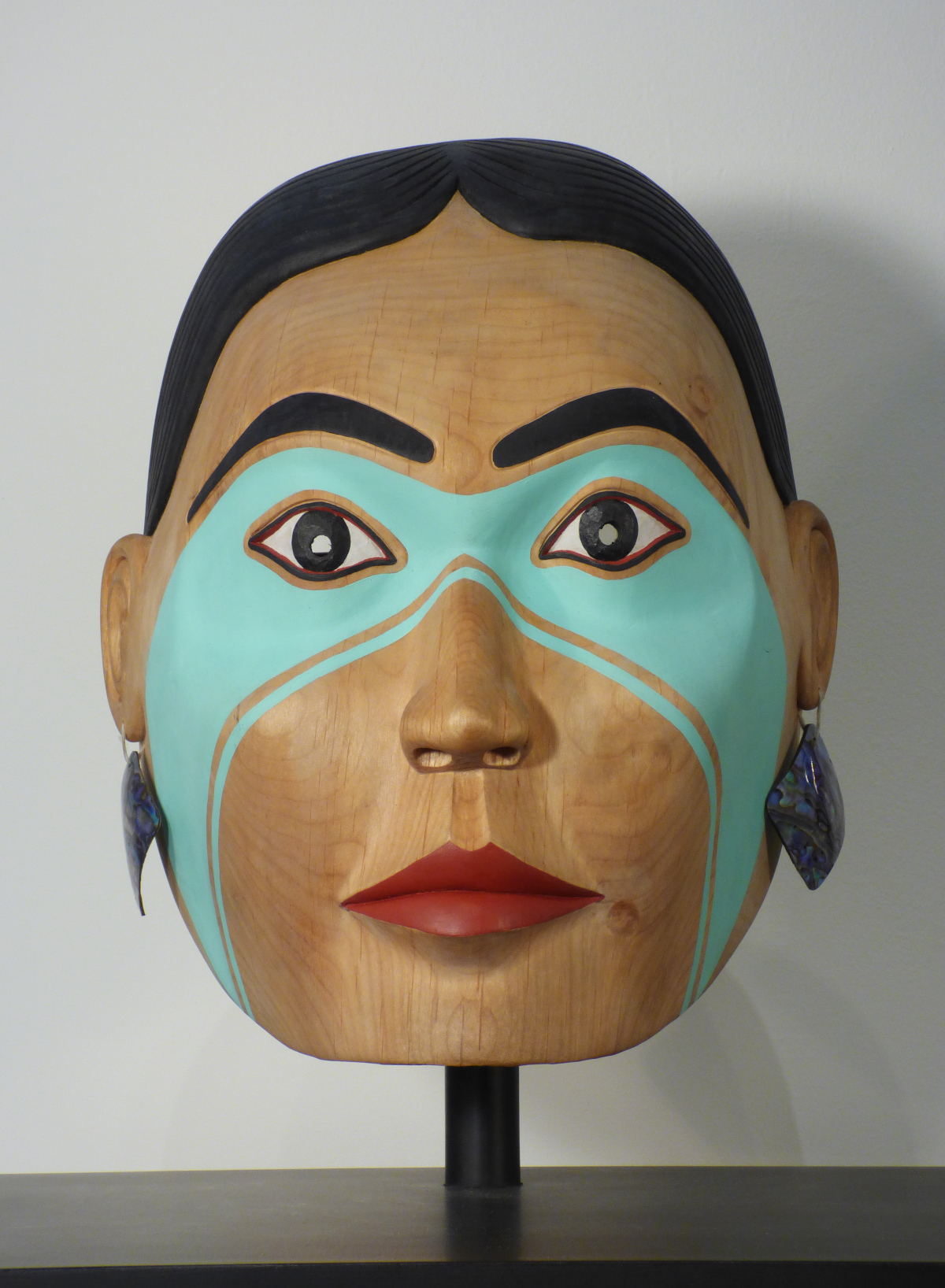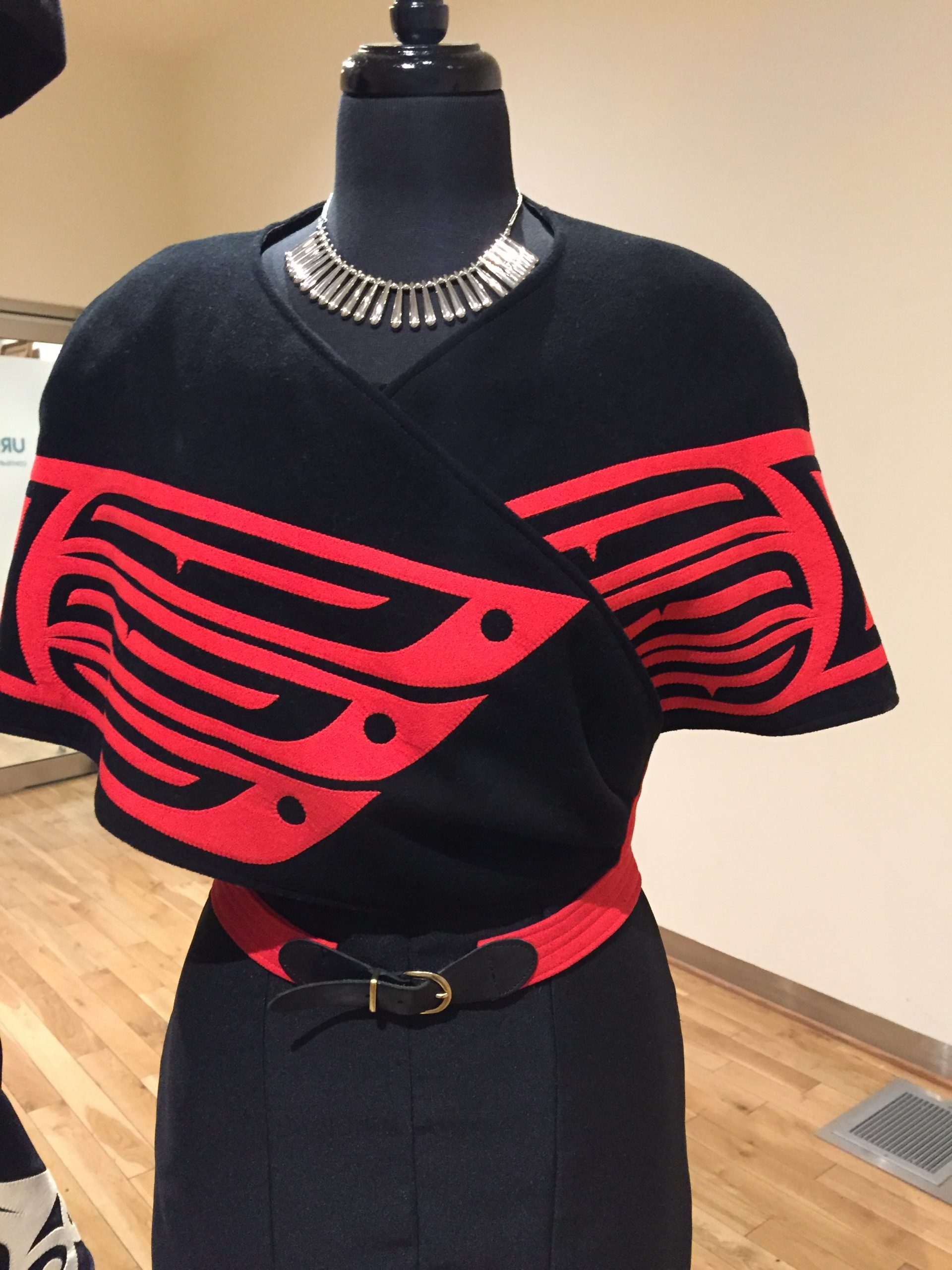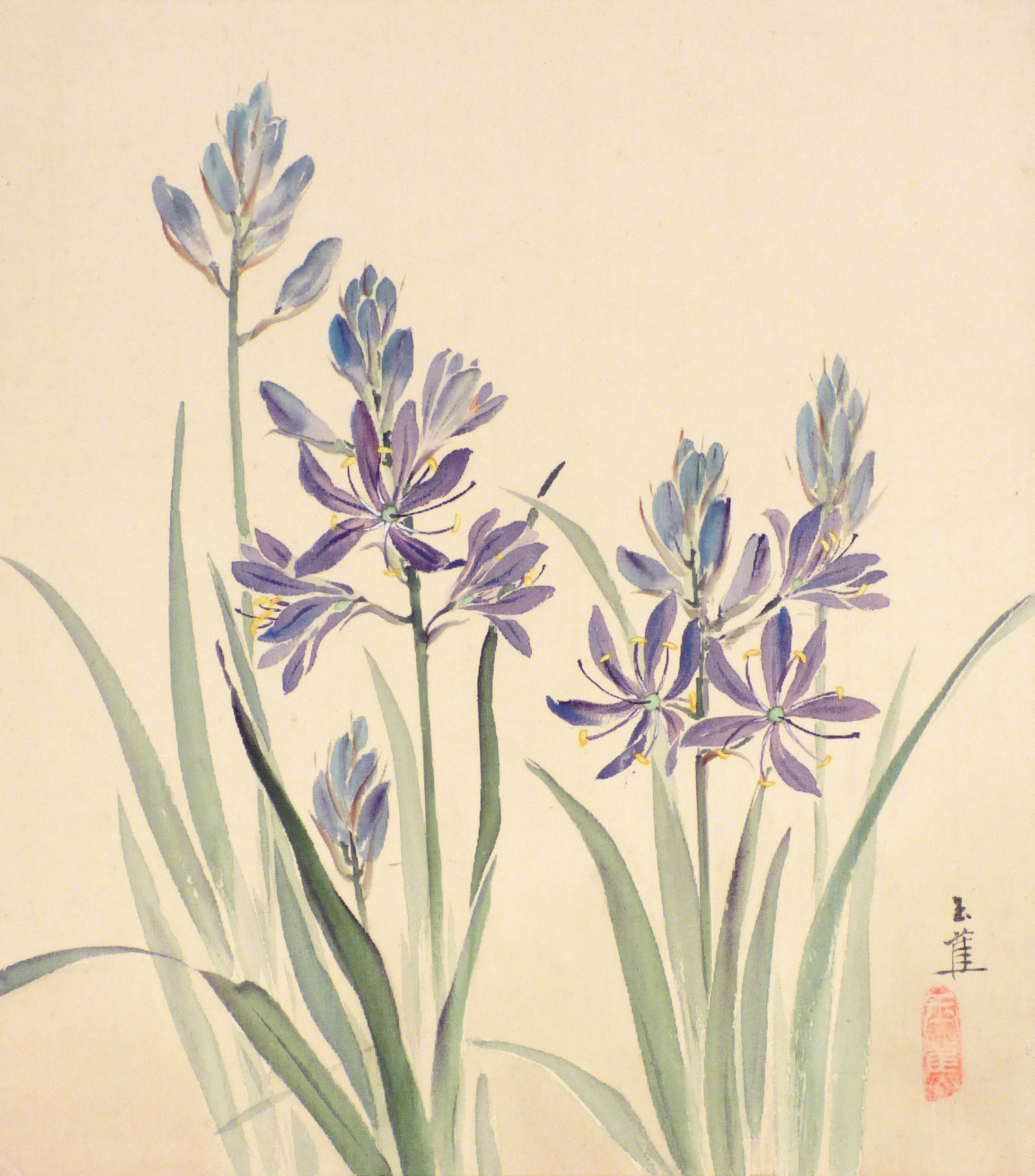Current Exhibition
Caring for Women Artists
Introduction
Acts of preservation are often already associated with femininity. Iris Marion Young, a political theorist and feminist, explores the potential of reclaiming such associations in feminist acts of preservation that can support personal identities and reject the predominating reliance on fixed categories. This introductory essay takes its lead from the ever-evolving network of feminist archival projects. It aims to make widely available the “purpose, content, and possible uses” of this specific archive: Caring for Women Artists.
As the first archival exhibition on the Curatorial Incubator database, Caring for Women Artists will be a model from which future digital exhibitions can develop. Both Caring for Women Artists and the Curatorial Incubator as a whole aim to preserve, to be accessible, and to be a generative counter-archive. It serves the purposes of this introduction, then, to begin by outlining the history of this project and what it aims to preserve in the first place.
When Dr. Carolyn Butler Palmer first curated in-person exhibitions of the work of Gyokushō (玉蕉, Elizabeth Yeend Duer), Ka’kasolas (Ellen Neel), and Sugiit Lukxs (Yolonda Skelton), she was preserving and elevating the narratives of women artists working on Lekwungen territory (so-called ‘Victoria, BC’). All of these exhibitions took place at the Legacy Gallery.
At first glance, it might seem that shared geography and gender are all that bind these women together:
Gyokushō lived from 1889-1951, and came to Victoria from Tokyo in 1939. In Tokyo she trained with court painter Atomi Gyokushi, from whom she took her name, and painted in the Nihonga-style using watercolour on shikishi board. Once living in Victoria, she applied this style to the local flora and fauna.
Ka’kasolas was a Kwakwaka’wakw artist. She lived from 1916-1966, and her descendants continue her practice today. Ka’kasolas began her carving career during the potlatch ban, and became a prolific artist merging traditional knowledge and artistic innovation.
Sugiit Lukxs is a Gitxsan textile artist and fashion designer with an international reputation. Her pieces have seen runways in Santa Fe, Vancouver, Paris, Toronto, and Haida Gwaii. Lukxs’ designs span from button blankets to couture dresses, and all of them draw from traditional oral stories told to her by her grandmother, Na gwa (Lily Jackson).
Mindful of these variances in cultures, times, and media this digital exhibition chooses to bring these artists together. In part, this is because these women have already been united through the work of Dr. Butler-Palmer. She was motivated to curate each of their respective works because of something else their stories share: their untold-ness.
Arlette Farge writes that “to feel the allure of the archive is to seek to extract additional meaning from the fragmented pieces. Emotion is another tool with which to split the rock of the past, of silence.” It is the silencing of women artists that this exhibition, and the physical exhibitions that preceded it, strive to split. When our physical and digital worlds rely so heavily on categorization it is always worth looking at connections that come from absences as well as from presences.
This also raises the question of how meaning by which methods⸺this specific archive strives to split that silence. Already, this fluid treatment of categories relates to feminist archival practice: As Iris Young suggests, preservatory feminist practices might relinquish the need for fixity. Here we explore the potential of categorial instability to advance inclusive rather than exclusive archival practice.
We also heed the practices of other feminist archivists.
Dorothy Kim, a creator of the Archive of Early Middle English (AEME), advocates for being transparent about archival labour as a means of making labour visible and challenging the preconception of archives as ‘objective.’ As with the AEME, Caring for Women Artists has been worked on primarily by women: Dr. Butler-Palmer, Lindsay Kaisla, and myself. The physical exhibitions themselves featured primarily women artists and were developed through long-term, compensated collaboration with the families of Ka’kasolas and Gyokushō, as well as with Sugiit Lukxs herself. In fact, the exhibition catalogues digitized here were created primarily as gifts to the families and for Sugiit Lukxs’ portfolio.
Digital Women’s Archive North (DWAN) acknowledges that by selecting material to archive we are declaring its importance to future users and advocates for disruption at the different archival stages. We as the creators of this site⸺and Dr. Butler-Palmer as the curator of the exhibitions⸺aim for such disruption. Disruption is manifest in collaborative practice as we integrate knowledge from (and compensate) the families of these artists and the artists themselves, in the choice to create a digital and open-access archive, and in the reworking of time as three women from disparate generations are made to share space through the telling of their stories.
By being digital this exhibition further insists upon a broader definition of ‘curation.’ By continuing the legacy of these artists and their respective exhibitions, The Curatorial Incubator denies the traditional notion of an exhibition as a self-contained result of curation. Instead it plays with the open-endedness and fluidity of digital space (O’Neill, 12). This choice to preserve in a digital space advances possibilities of access beyond the institution. The physical works of Ka’kasolas and Gyokushō are part of the Michael Williams Collection owned by the University of Victoria. They are in the care of the Legacy Art Galleries and they are stored or displayed locally. The digital facsimiles found here allow for free public and international access. In a country where our national gallery showed 41 men and only 10 women in solo shows between 2000-2009, open access to works by women artists beyond institutional walls is invaluable (Dymond, 28-31).
The stories of Gyokushō, Ka’kasolas, and Sugiit Lukxs, as well as their artistic practices, are themselves international. Simultaneously, their works show intimate ties to Lekwungen Territory. Their stories were preserved as part of this project first locally in exhibitions at the Legacy Gallery in downtown Victoria. Now these stories are returned to international conversations having been preserved in catalogues with ISBNs and made part of a digital archive. Our hope is that you will take these stories⸺no longer untold⸺and make them generative. By being open-access this archive strives to engage the growing movement of counter-archiving and feminist knowledge production, and to invite you to continue building on these stories in your own research and practice.
Relevant Sources
[DWAN] Digital Women’s Archive North. “The Feminists Are Cackling in the Archive …” Feminist Review, no. 115 (2017): 155-64. Accessed May 17, 2021. http://www.jstor.org.ezproxy.library.uvic.ca/stable/44987298.
Dymond, Anne. Diversity Counts: Gender, Race, and Representation in Canadian Art Galleries. London, Ontario: McGill-Queen’s University Press, 2019.
Farge, Arlette, Thomas Scott-Railton, and Natalie Zemon Davis. The Allure of the Archives. New Haven: Yale University Press, 2013.
Gunaratnam, Yasmin, and Carrie Hamilton. “Introduction: The Wherewithal of Feminist Methods.” Feminist Review, no. 115 (2017): 1-12. Accessed May 17, 2021. http://www.jstor.org.ezproxy.library.uvic.ca/stable/44987289.
Kim, Dorothy. “Remaking History: Lesbian Feminist Historical Methods in the Digital Humanities.” In Bodies of Information: Intersectional Feminism and Digital Humanities, ed. Elizabeth Losh and Jaqueline Wernimont, 131-156. Minneapolis: University of Minnesota Press, 2018.
McDaneld, Jen. “Activating Archives in Women’s Studies 101: New Stories about Old Feminism and the Future.” Feminist Teacher 26, no. 1 (2015): 53-71. Accessed May 17, 2021. doi:10.5406/femteacher.26.1.0053.
O’Neill, Paul and Mick Wilson. “An Opening to Curatorial Inquiry: Introduction to Curating and Research. In Curating Research, edited by Paul O’Neill and Mick Wilson, 11-23. London, UK: Open Editions, 2015.
Sansi, Roger. “The Trans-Anthropological, Anachronism, and the Contemporary.” In Across Anthropology: Troubling Colonial Legacies, Museums, and the Curatorial, edited by Von Oswald Margareta and Tinius Jonas, 375-82. Leuven, Belgium: Leuven University Press, 2020. Accessed May 17, 2021. doi:10.2307/j.ctv125jqxp.25.
Shayne, Julie D., Denise Hattwig, Dave Ellenwood, and Taylor Hiner. “Creating Counter Archives: The University of Washington Bothell’s Feminist Community Archive of Washington Project.” Feminist Teacher 27, no. 1 (2016): 47-65. Accessed May 17, 2021. doi:10.5406/femteacher.27.1.0047.
Young, Iris Marion (1949). “House and Home.” On Female Body Experience: “Throwing Like a
Girl” and Other Essays. New York: Oxford University Press (2005): 124-154.
Ellen Neel: The First Woman Totem Pole Carver
January 17-April 1, 2017
Legacy Art Gallery, University of Victoria
Victoria, BC
Urban Regalia: An Exhibition in Two Parts
September 28-December 21, 2019
January 18-April 11, 2020
Legacy Art Gallery, University of Victoria
Victoria, BC


